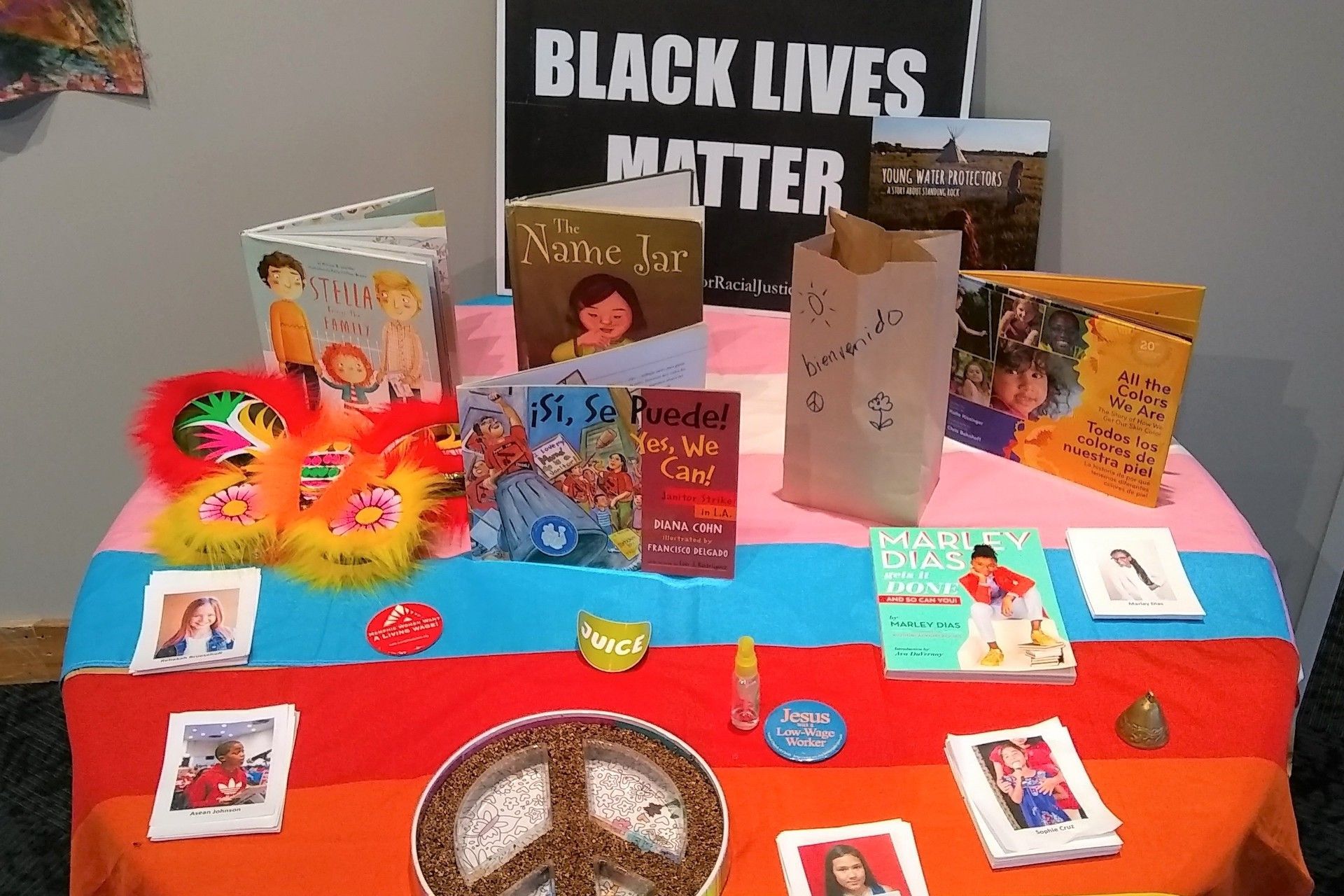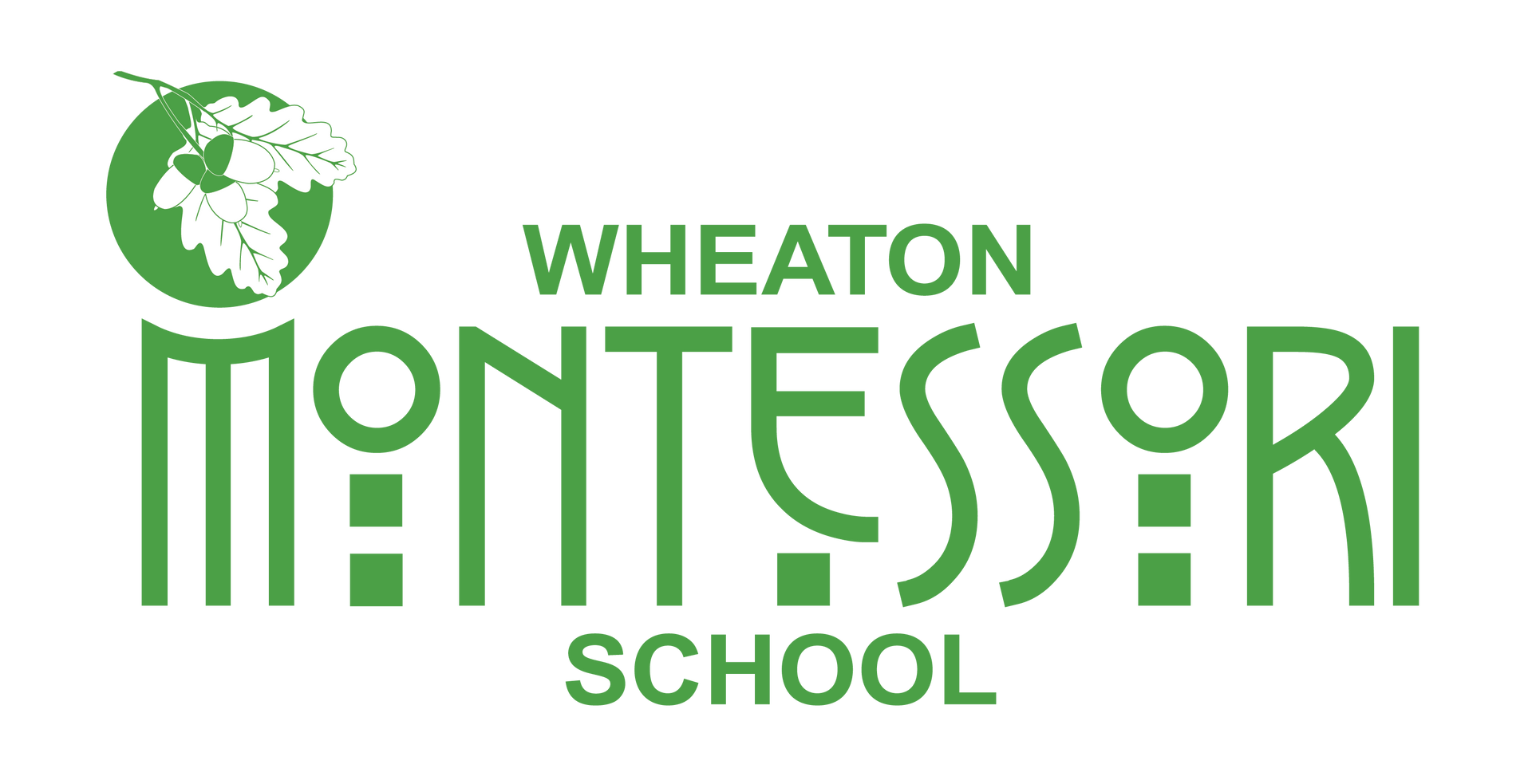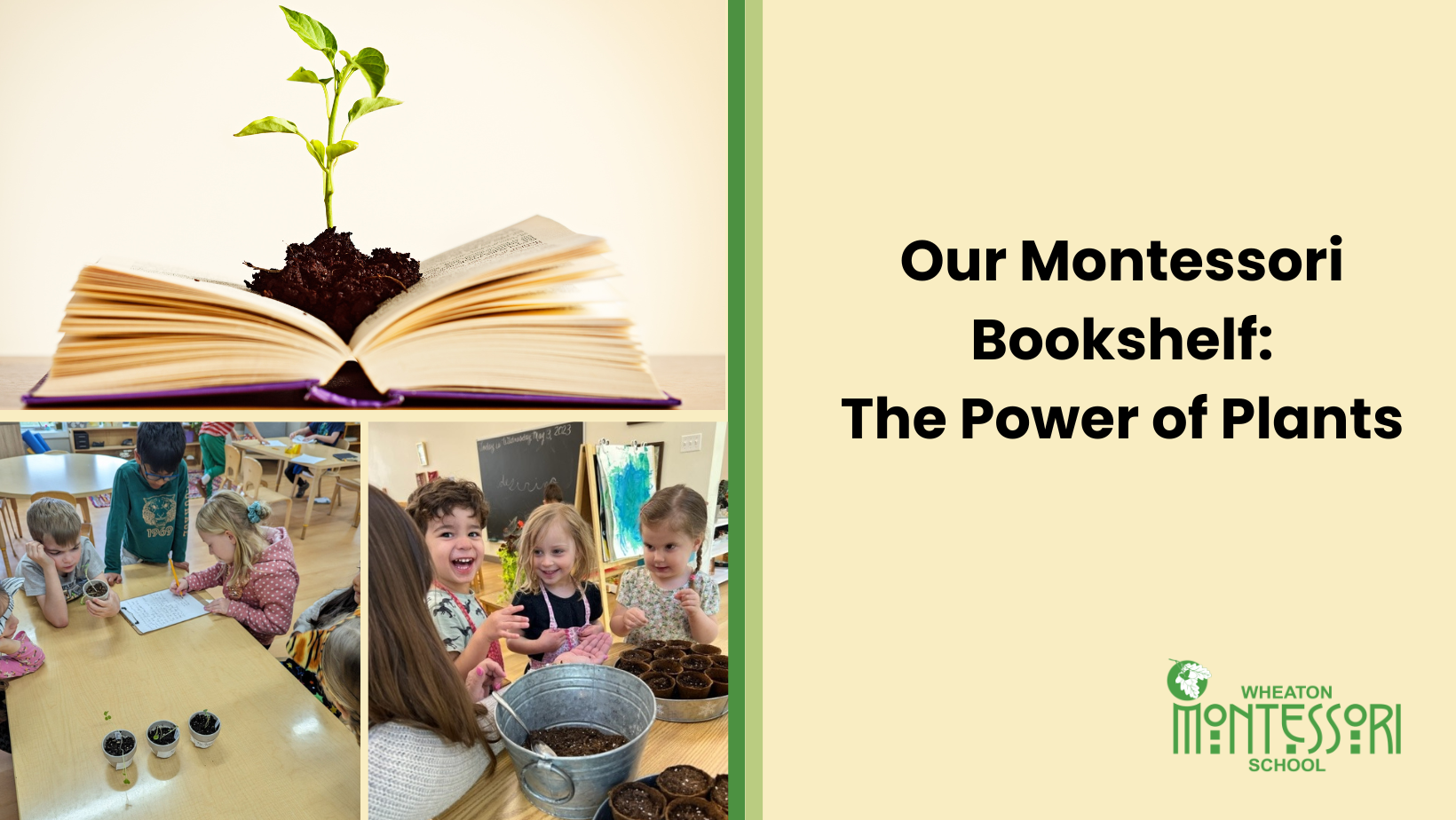
With a social justice and community organizing background, Rebekah Gienapp knew that she wasn't the only parent out there who didn't want to wait until her child was an adult to talk to him about the things that mattered most. As a result, Rebekah started a business focused on nurturing brave kids who seek justice and also wrote a book Raising Antiracist Kids: An Age-By-Age Guide for Parents of White Children. Her youngest son went to a Montessori school and she recently shared some insights about how she has made anti-racist parenting a priority.
Conversations with our children about difficult subjects like race and racism can sometimes feel insurmountable. How do you recommend tackling topics that might feel weighty to us as adults but that are important to have with children?
The important thing is to begin with more straightforward subjects, especially with our youngest children. We can name skin tone and help kids correlate those skin tone words with the words our society uses for race. This can be really confusing for children. I call myself white but I’m not white like a piece of copier paper. You may have a friend who calls themself black, but their skin is some shade of brown. Talking about things like where our skin color comes from–that it comes from melanin–and where our ancestors are from. That’s where children’s natural curiosity starts. And I think this is more accessible for adults. We aren’t yet talking about the more complicated levels of social injustice and racism. So I would say start with the simpler, less charged topics.
Another thing I always encourage, especially for white families, is to make sure you have lots of positive representations of people of color in your child’s books, the media they watch, the toys they play with, and hopefully in your social circle. Do this before you get into talking about prejudice. Around the time my son was about four or five, I started looking more closely at our children’s books. I realized that almost every book we had with a black character was about social injustice and I was sending him a message that being black is mostly about experiencing oppression. So make sure you are laying the groundwork by providing stories and experiences about children playing and doing normal kid stuff.
Once you lay that foundation, the next step is talking about prejudice that children might be observing in their everyday world, like personal prejudice between children or that they see in adults. For example, microaggressions are things that kids commit without realizing it. One example I saw is when a new Asian co-teacher came into a preschool room, one of the kids said, “Oh, your English is so good.” The teacher had a method in place: her students knew that if she said “ouch” they would come back to that moment because something hurtful had been said. When it was circle time, they could address the “ouch” and talk more about why a comment was hurtful. So that is the next level, those interpersonal relationships.
Then I would bring in some examples of systemic racism that kids can wrap their heads around. With three to six-year-olds, I suggest talking about children’s books. Most Montessori children are in a literacy-rich environment. At your own home, in a library, or a bookstore, take a look at the covers of the books and who the characters are. Likely what you are going to find is that there aren’t many books starring kids of color. This is an example of injustice, but it doesn't have to do with violence and is a little more accessible. Plus, young children are used to thinking about books.
With older children, one example is explaining that there are schools that have dress code policies. Sometimes these dress code policies will specify what kind of hair style people can wear, which can be discriminatory against traditional black hair styles. So I would suggest starting with these kinds of topics and laying the foundation before talking about something like police brutality.
But obviously, if your child has heard about something, especially something that has happened in your community, you might not be able to do this careful scaffolding. You might need to jump right in and address it.
I made a video on Instagram with the example from my city [of Memphis] of Tyre Nichols about how to talk with kids about that event. Take a look for four suggestions when there is something traumatic in the news.
How do you see this ongoing anti-racist work being aligned with Montessori principles?
The Montessori concept of planes of development is a really helpful tool in figuring out how to say enough, but not too much, for your child to be able to process the information. I also think about the ways that Dr. Montessori wanted children to engage with the real word. That is why even the three-year-olds use glass. Dr. Montessori trusted that if the adults around the children are preparing them in the right way, that they can handle these things. I think this also extends into the realm of values and justice. Obviously we don’t want to overwhelm our children, but we also don’t want to shield them from the world as it is.
I also think about the first time I heard about fundamental human needs: people have similar needs but the way they meet them varies according to their time and place and culture. I think one of the roots of racism and oppression is this idea that some ways of meeting needs or expressing culture are better than others. So I think Dr. Montessori’s appreciation for the many different ways people have met their needs through time can be a helpful bridge into anti-bias work.
Beyond what we talked about at the beginning, such as engaging in conversation with our children, where do you recommend that parents, caregivers, and educators begin when starting this work?
If we already have a strong commitment to anti-racist/anti-bias work and perspectives, we can get into really trying to cram it all into our kids. So just a reminder that we need to be pacing ourselves. We can do a little at a time and remember that there are lots of years. That’s not an excuse not to start! But remember we are starting and we don’t have to get from A to Z in a couple of years.
In addition to making sure we have these positive representations and have books and media about social justice issues, it’s also helpful with children to just periodically sprinkle in what you are learning. Sometimes they will be interested and want to talk about it and other times it’s going to go right past them. Sometimes you will think they weren’t listening and then later they will say something that shows they were. This can be a good way to open conversation and, if we do it the right way, it can model for our children that this is a journey and all of us are learning and changing. It’s not about getting it right all the time, or saying I am an expert, or I know what to do. We can model learning and curiosity, and how to change our thinking and behavior when we realize that something was harmful or not true.
What do you see as some useful resources for families and educators?
For parents who are raising white children, I have a guide called “What’s Wrong with Saying We Are All Equal.” It’s five conversations to have about race with white children.
Parents of all races would probably find my booklists useful. The blog on my website has all kinds of children’s book lists, everything from toddlers through the younger teen years.
Britt Hawthorne’s work is really helpful. She sends out really practical emails. She also has really good Instagram videos with practical nuggets. Tiffany Jewell has two books, which are especially for folks with older elementary kids and teens: The Anti-Racist Kid (which is great for kids around ages 8-12) and This Book is Anti-Racist (which is really good for teens). Both Britt and Tiffany are Montessori-based. Even when they aren’t talking about Montessori, you can see it coming through in their work.
The other thing, which is especially useful for parents of color, but also anyone, is Embrace Race. It specifically focuses on children and race. They have lots of recorded webinars and upcoming trainings for parents, as well as tip sheets if you don’t have time to sit through the webinar.
Is there anything else you would like to share?
I often use the metaphor of the antiracism journey. It is so useful because we are on a path. We are never going to get to the very end and be able to say, “Oh, I’m here. I’m done.” It’s that way for us. It’s that way for our children.
I know there are biases that I’ve heard my younger son express that concern me. I’ve had a reaction like I’m doing something wrong if he says those things. Just remember that if you stay consistent and calm and in conversation and are an example to your child, those things will eventually resolve. So don’t panic. Think about how long it can take our children to learn how to use the potty or express their emotions in a way that is healthy. All those things take time. Why would this work be any different?


